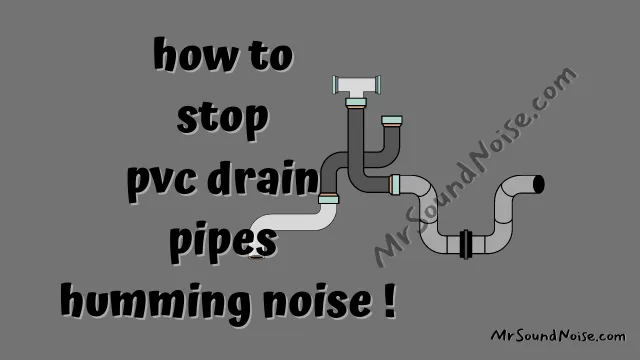
Do water pipes make humming sounds? This happens because of humming water or drain pipes when water is off.
Can’t you reduce that noise anyhow? You have an old or new building and the noise of squealing pipes when running water is common in your house.
But the main problem is that the tenants of your building always complain to you about that unwanted noise.
Already you have tried almost all the things but you don’t get any better result. Now you are searching for the right solution by searching online (google or bing).
Especially you hear loud noises when fluid material flows from the waste pipeline. At that time, the water pressure regulator or water pressure gauge may create a moaning or humming noise.
For this reason, some tenants may wake up in the middle of the night to that high-pitched sound of the water pipelines. A faulty ballcock assembly of the water tank may be the reason for the strange noises.
If you see that the pipes are also humming after toilet flushing, you should take the necessary steps (given below).
Normally a ballcock with a water pressure valve is used for avoiding overflow of water. (source)
So you should take immediate steps to reduce noise levels by doing some settings.
What to do?
You should follow the reliable guidelines and you will be happy to know that other people also apply acoustic materials for soundproofing the PVC/plastic/metal drain pipes for noise reduction.
I think, now you are in the exact place and you should read this total post for getting the reliable notes.
So, continue reading to learn more details…
Are Squealing or Humming (Noisy) Water Pipes Dangerous?
Yes, all types of noisy water pipes are not safe for the people who live near them. When you see that water pipes are humming at night, especially that intolerable humming or hammering sound is continuously disturbing the sleeping people.
Besides, the sediment build-up is also the reason for this sound. This sediment damages the joint and other inner surfaces of the PVC pipe.
This sediment reduces the flow of fluid material automatically. Sometimes it may block the fluid flow in the pipeline. Normally, this type of PVC drain pipe is not used for noise reduction.
Why Are All Noisy Pipes Making Intolerable Noises?
Some specific reasons are responsible for creating different sounds. Here, I am trying to introduce some common types of noises that are created from the pipeline.
1. Irregular Water Pressure
For irregular fluid pressure, a banging noise is created. This sound is also called squealing or whistling. For this irregular pressure (supply of fluid material), pipes make noise when the toilet tank flushes suddenly.
When you shut off or close the gate valves/ball valves/water supply valves/toilet valves/toilet fill valves suddenly, the sound may be created and that sound is called water hammering.
Sometimes, pipes make this type of banging noise (squealing sound) when water flow is turned off. Pipes may make other types of noise when any faucet/hose faucet (water flow) is turned off.
2. Excess Level of Water Pressure
When the water pipes are constantly vibrating, one kind of noise is created which is called humming noise. Maximum time, the loose pipe may create vibration during the flowing of fluid material. For excess levels of water pressure inside the pipe, this sound may be created.
3. Obstacle of Sediment
When sediment or debris deposits inside the pipe, then fluid can’t flow smoothly for the obstacle of this debris. At that point, fluid pressure is created and sound is also created. This type of noise is called gurgling noise (sound).
4. Using of Copper Pipes
Some pipelines are made with copper material and you should check whether you have this copper pipe or not. If you have a water heater, then this type of pipe exists in it.
After passing high-temperature fluid through the copper pipe, this pipe is expanded and touches or hits the other pipelines.
As a result, a ticking sound is created in that place. For reducing copper pipe noise, you should turn down the thermostat of a water heater. When you use warm or hot water for a shower, copper pipelines expand for a high temperature of the water.
These kinds of hot water pipes may make a humming sound too. So noise may come from copper pipes at any time. Fluid leaks (a bit of water leakage) of those pipelines are also the reason for making noise.
A Tool You May Require
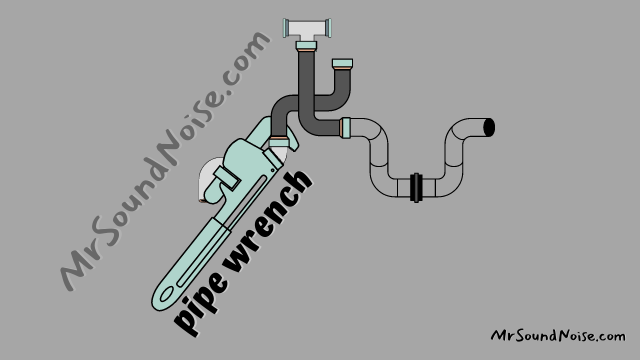
You may require an adjustable pipe wrench when you repair the pipelines alone. So make sure that you have this type of wrench.
How to Stop Water Pipes Humming When Running Water
video credit: soundboxacoustic.com
Generally, fluid pipelines are fixed with the wall. So you may have a question: how to quiet plumbing pipes that are in the wall?
Normally high water pressure creates rattling noise in the pipelines. By reducing that pressure, you can decrease that sound.
You may ask me what is the regular fluid pressure through the pipe?
There are different fluid pressure levels in various sizing of indoor pipelines. Around 55 PSI (pounds per square inch) is the regular pressure of the flow of fluid in the home pipelines.
Now, I am telling you some reliable ways to reduce the pipe noise. So you should read the total post to know the answer to this question: how to fix/stop/silence noisy and whistling PVC drainage water pipes?
1. Covering or Wrapping the Pipelines
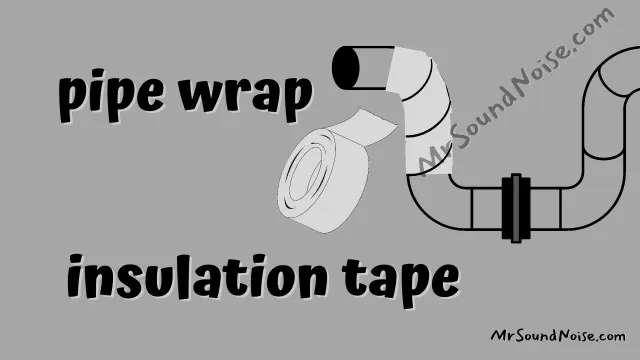
You may use pipe wrap insulation tape like acoustic drain to the outer surface of the pipelines that are near your bedroom.
This type of tape helps to reduce the radiant noise that comes from the pipelines. It also helps to reduce the vibration of pipelines that may be created by water pressure.
You may use this tape in all kinds of pipes and you should wrap the tape on all the outer surfaces of the pipelines.
You should use acoustic lagging or other reliable PVC drain pipe insulation tape to the pipe surface. You can get it from the market. But be sure that the collected pipe wrap tape should decrease sound.
2. Pipe Spacer
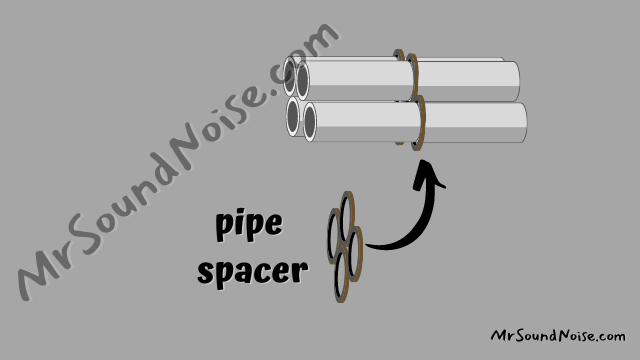
For reducing the vibration of the loose pipes (PVC), pipe spacers are important. If you can stop that vibration, some rattling sounds will be automatically reduced.
So to quiet the PVC drainage water pipes, you should lock them by using these spaces so that they don’t move for fluid pressure.
If you use spacers to the pipelines properly, you can be able to reduce some noise from the pipe.
3. Replace Plastic Pipes if Possible
If you have used plastic-type PVC pipes for your buildings, you can replace cast iron drain pipes. Because iron is quieter than plastic.
You also need more budget to collect iron pipelines because this type of pipe is more expensive than plastic pipe.
If you don’t have a budget problem, you can replace the noisy drain pipes that are near the bedroom, reading room, etc.
4. Acoustic Spray Foam for Pipelines

To cover the pipelines, you may use spray foam and this will reduce some sound. You should collect reliable spray foam for the insulation of the pipelines.
For avoiding the vibration of the pipelines, you may use this foam on the outside surface of the pipe and pipe gaps.
This type of foam doesn’t stop total noise but it will help to reduce the sound transmission. This foam will not work like acoustic lagging but it will add more layers (barriers) to reduce noise.
So you should spray for covering the total pipelines so that they are not seen.
5. Block the Wall Hole
You should block the holes where pipelines are transferred from one place to another. In this situation, you can use acoustic sealant/flexible sealant to fill those wall gaps.
Besides, you can use rock wool or other soundproofing material to block the wall cavity where pipelines are situated.
6. Mass Loaded Vinyl to the Pipelines
You may use MLV (Mass Loaded Vinyl) material in the large pipelines for getting better results.
Because this vinyl includes high acoustic material that stops the pipe sound immediately. The applying procedure is almost similar to acoustic lagging.
If you don’t understand how to install this MLV to the pipelines alone, you should take help from a professional person.
7. Installation of Drywall/Gypsum Board
If the pipelines need to block fully, you may use drywall over the pipelines. This system muffles or covers the pipeline area and reduces some noise from that area.
You may use a resilient channel with that drywall if you want to get better results.
video credit: youtube channel (HowToWith GEO)
Hire A Licensed Plumber
Pipe fitting techniques may be complicated for you. If you feel that you need help from a professional plumber, you must take help.
But if you know the information about soundproofing the drain pipes and toilet pipes, you may advise the qualified plumber during pipe fixing time.
Factors Before Soundproofing the Pipes
1. Flammable
You should check if the soundproofing element is flammable or not. Normally, most acoustic materials are capable of high heat resistance.
2. Replace Required Pipelines
If you replace all the pipelines with cast iron, this may be an expensive issue for you. So the better way is to replace the specific pipelines that create sound. You should not need to change the existing cast iron pipes and try to change plastic pipes.
3. Use Acoustic Elements for the Pipes
You can collect acoustic material for reducing pipe noise. You should need to install specific sound-reducing material in your house.
My Overview
Finally, I will tell you that you should know reliable information for reducing the sound from plumbing pipes. This is why I have also shared some basic techniques that you need to read with concentration.
You may use the air chambers/water hammer arrestor in the toilet and faucet for reducing water hammer noise.
When you use water pumps for fluid supply, these pumps may make a sound during vibration. So you should place an anti-vibration pad under the pump to avoid that sound.
Loose faucet washers and faulty/worn washers may be the reason for the noise. Wrong 90/45 degree pipe fittings/transition fittings may also cause a noise problem for plumbing pipes.
You can insulate the drainage pipes by using the right acoustic material. Besides, you should also focus on reducing the buzzing sound in the bathroom.
This is why soundproofing the bathroom is also important. If you don’t have any idea about it, you should read that information.
You can also use the drainpipe silencer if possible. If you feel that you need to reduce room noise, you can also do it. For doing this, you need to follow the easy guidelines.
If you have some more time in your hand, you should read some answers given in the FAQ section.
FAQ: Noise Reduction of PVC Drain Pipe
Do the Boiler Pipes Make Noise?
Yes, this type of pipe also makes the sound during operation. Air bubbles are created inside the boiler pipes. By removing these bubbles, you can reduce noise from them. This process is called bleeding.
Why Does the Cold Water Pipe Make Humming?
In a cold water pipe, running fluid creates extra pressure inside the pipe area. After creating this type of pressure, vibration is also created in that piping structure.
You know that vibration is also the source of pipe noise. Your home pipelines may create a whining noise when you run the water. This sound is created for high water pressure.
How Do You Make Your Normal or PVC Pipe Quieter?
Sometimes your plumbing pipes may create foghorn. In this situation, You may replace the PVC pipe with a cast iron pipe. If this is not possible for you, you can use pipe insulation tape outside the pipe. This type of acoustic tape will reduce pipe noise instantly.
Can Noisy Water Softener Damage Water Pipes?
Noisy water softener can’t damage the pipelines of your house. But you should fix that softener as soon as possible.
Can You Use Expanding Foam Outside the Plastic Pipes?
You can apply the expanding spray foam outside the pipelines. This type of foam also helps to reduce some noise from pipelines.
How Do You Fill a Large Hole or Gap Around the Pipe?
By using expanded acoustic-type spray, you can block holes around the pipe side. After using this spray, it will expand automatically and block that gap tightly.
Can You Seal or Soundproof PVC Pipe Through the Concrete Wall?
You can use spray-type acoustic foam for sealing the gap between concrete walls and pipelines. After applying this spray, you should remove extra foam edges when drying.

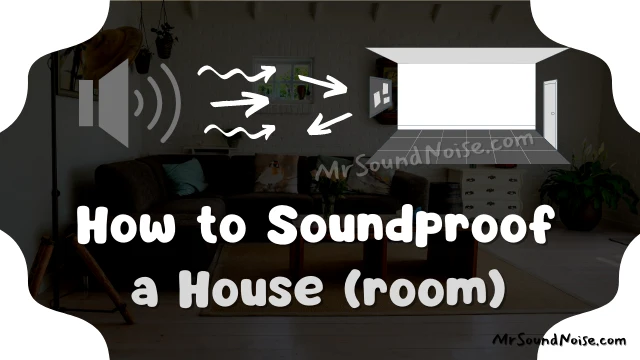
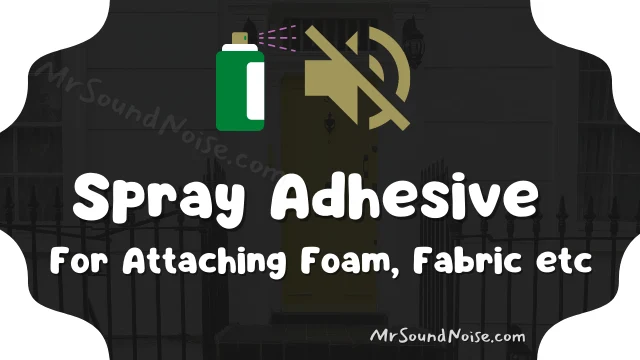
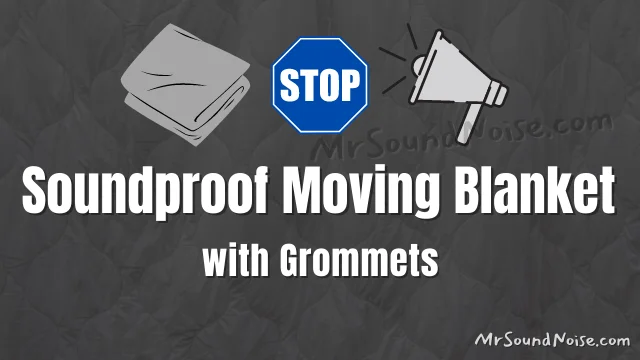
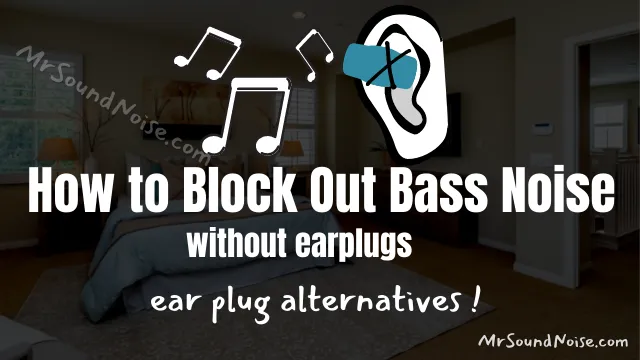
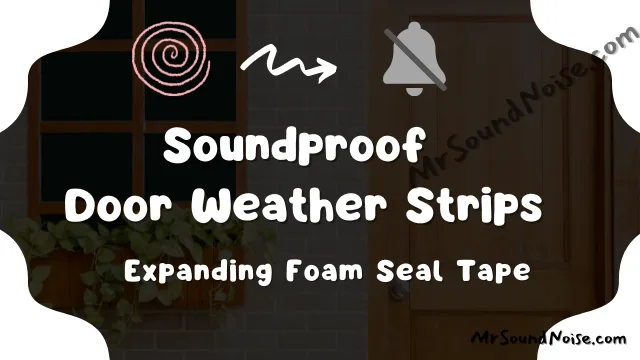
![Soundproofing Backyard & Privacy Fence Panels [4 Methods] soundproofing backyard & privacy fence panels](https://mrsoundnoise.com/wp-content/uploads/2022/11/soundproofing-backyard-privacy-fence-panels-1.webp)